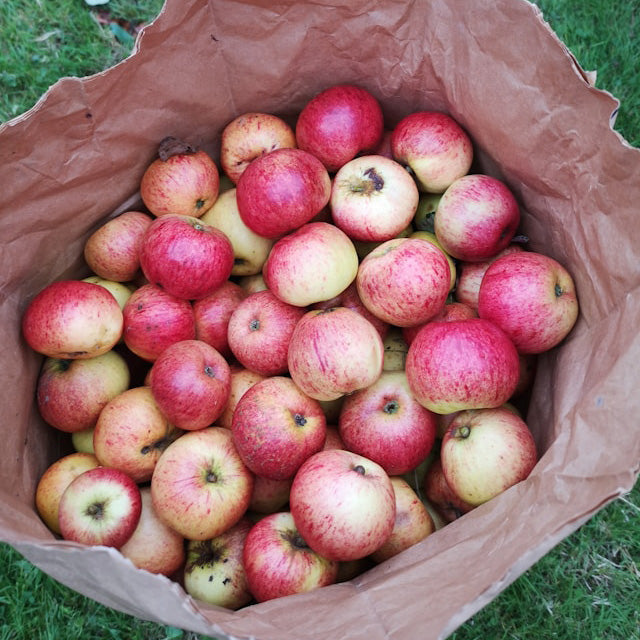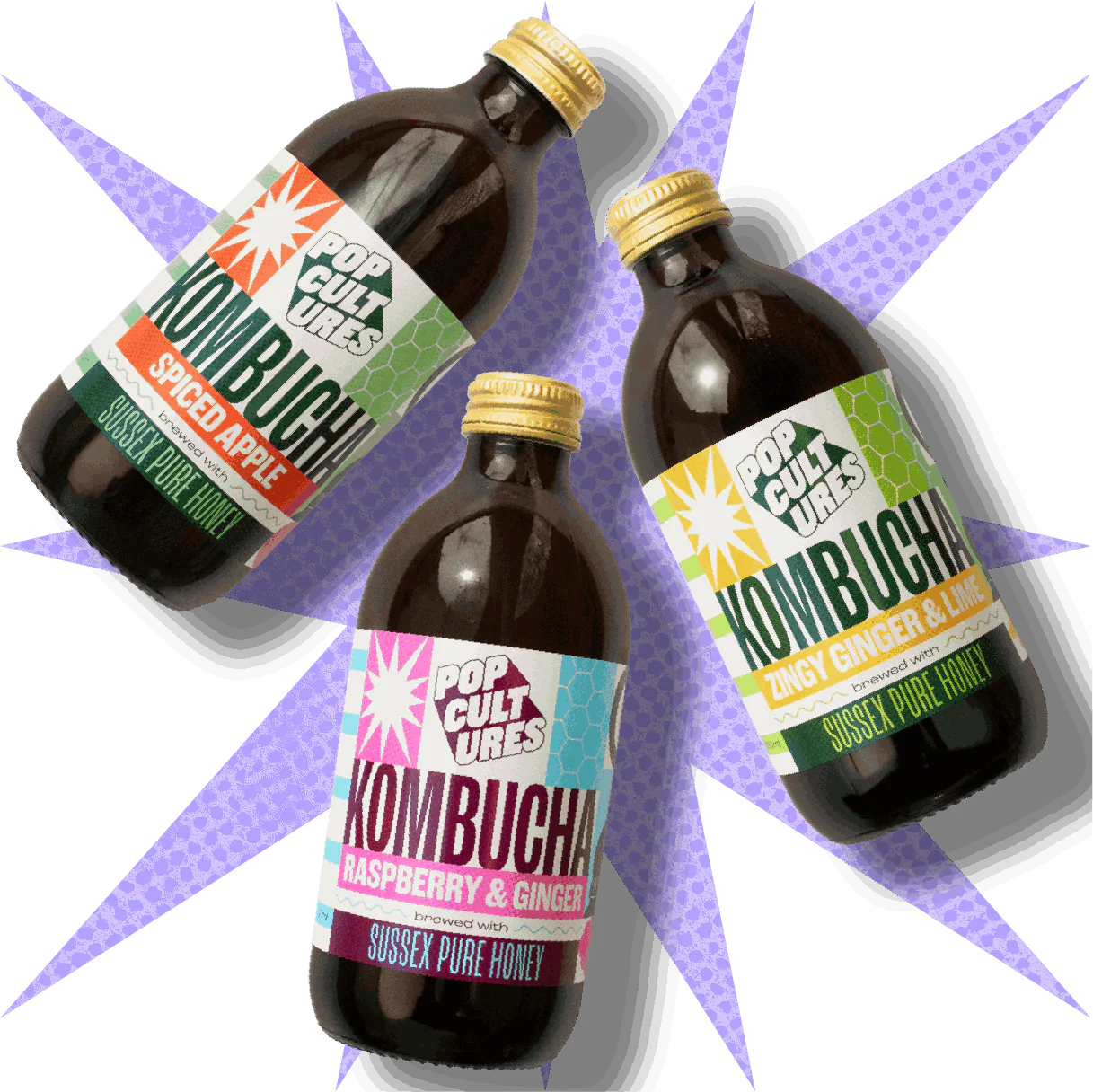Non-Alcoholic Beer Guide
Welcome to Dry Drinker, the home of the best low and no alcohol beers! Whether you're exploring for health reasons, seeking a lifestyle change, or just curious about the buzz (without the buzz), non-alcoholic beer offers a world of flavour, quality, and choice.
With the largest range in the UK, Dry Drinker hand-picks beers that promise to deliver all the satisfaction of your favourite pint – minus the alcohol.
So why choose non-alcoholic? It's better for your health, easier on your mornings, and lets you enjoy good times without compromise. Let's dive in and find your perfect pour!
Shop all Non-Alcoholic BeersWhat Is Non-Alcoholic Beer?
What Makes It Non-Alcoholic?
Non-alcoholic beer is just like regular beer – brewed with water, malt, hops, and yeast – but crafted to remove or reduce alcohol to 0.5% ABV or less. This tiny amount of alcohol is so minimal that it’s safe for almost everyone, making it a perfect option for those looking to enjoy the taste of beer without the effects of alcohol.
There are two main ways to create non-alcoholic beer:
- Removing the Alcohol: After brewing, alcohol is carefully removed while retaining flavour.
- Controlling Fermentation: Brewers limit the fermentation process so alcohol never fully develops.
With advances in brewing techniques, today's non-alcoholic beers offer incredible taste and complexity. They're crafted to satisfy even the most discerning beer lovers.
Types of Non-Alcoholic Beer
Which Non-Alcoholic Beer Is Right for You?
There's a non-alcoholic beer for every palate. Here are some of the most popular styles:
- IPA: Love bold, hoppy flavours? Non-alcoholic IPAs are bursting with citrusy, piney notes that pack all the punch of a full-strength brew.
- Lager: Crisp, light, and refreshing – perfect for casual sipping or pairing with a meal.
- Stout: Dark, rich, and creamy, with hints of coffee, chocolate, and roasted malt.
- Wheat Beer: Smooth, fruity, and ideal for warm weather or brunch.
- Specialty Beers: From sour ales to spiced brews, there's always something new to discover.
Not sure where to start? Try one of our mixed cases.
Benefits of Non-Alcoholic Beer
Why Choose Non-Alcoholic?
Here are some reasons why more people are switching to non-alcoholic beer:
- Healthier Choice: Non-alcoholic beers have fewer calories and are hydrating, making them a better option for your body.
- Hangover-Free Mornings: Wake up feeling fresh and ready to take on the day.
- Inclusive Socialising: Whether you're driving, pregnant, or simply cutting back, you can still join in the fun.
- Great Taste, No Compromise: Modern non-alcoholic beers deliver incredible flavour and quality.
No matter your reason, non-alcoholic beer lets you enjoy the taste and experience of beer without any drawbacks.
FAQs About Non-Alcoholic Beer
Q1: Is non-alcoholic beer completely alcohol-free?
A: In the UK, non-alcoholic beers can contain up to 0.5% ABV – a tiny amount similar to what you might find in some foods. It's safe for most people, but always check the label if you're unsure.
Q2: Does non-alcoholic beer taste like regular beer?
A: Yes! Thanks to advances in brewing, today's non-alcoholic beers are crafted to deliver the same great taste as their alcoholic counterparts.
Q3: Can I drink non-alcoholic beer while pregnant?
A: Many non-alcoholic beers are safe for pregnancy, but it's always best to consult your doctor and check the product's ABV.
Q4: How is non-alcoholic beer made?
A: It's either brewed with techniques to limit alcohol formation or brewed normally and then de-alcoholised to preserve flavour.

Is Non-Alcoholic Beer Bad For You?
The majority of the time, the answer to “Is non-alcoholic beer bad for you?” is no, it's a great alcohol alternative, but there are factors to consider...





